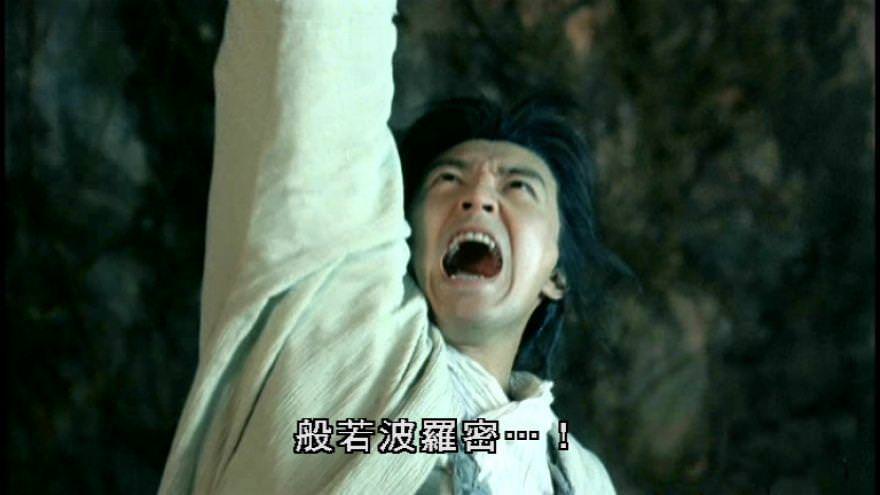First demo of the method of moment by Pearson in 1893
Everyone interested in the theory of statistics is aware how strongly Quetelet was under the conviction that there is only one law of error prevalent for the departure from the mean of a number of magnitudes or measurements of any natural phenomonon. I have done what I can to protest against this doctrine as a theoretic assumption; and recently Galton and Edgeworth have shown how untenable it is, and how great is the importance of studying the properties of other laws of error than the symmetrical binomial, and its limiting form the exponential.
Karl Pearson supported the notions of Venn and Galton and in 1893, he announced that he had recently found a general method for fitting arbitrary frequency curve and a demo of his method of moment on assymmetrical point binomial was publishedsee Karl Pearson (1893) Assymmetrical frequency curves. Nature 48(1252), pp. 615-616 (October 26, 1893). About one year later, Pearson applied his method of moment to fit Weldon's double-dump frequency curve. Karl Pearson (1894) Contributions to the mathematical theory of evolution, Philosophical Transactions of the Royal Society of London A 185, pp. 71 - 110. in Nature (October 26, 1893).
| index, \(k\) | height of rectangle, \(y_k\) | displacement from \(OY\), \(x_k\) |
|---|---|---|
| 0 | \(\alpha \binom{n}{0} p^{n-0} q^0\) | \(c\) |
| 1 | \(\alpha \binom{n}{1} p^{n-1} q^1\) | \(2c\) |
| 2 | \(\alpha \binom{n}{2} p^{n-2} q^2\) | \(3c\) |
| \(\vdots\) | \(\vdots\) | \(\vdots\) |
In the paper, Pearson began his demonstration with a sketch of a histogram, whose component rectangles are of uniform width \(c\) and variable heights dictated by the terms in the following binomial expansion
$$\alpha(p + q)^n = \sum_{k=0}^n \tbinom{n}{k} p^{n-k} q^k = \sum_{k=0}^n y_k$$ He then proceeded to compute the abscissa of the center of gravity of the histogram by taking the first moments of the rectangles around the vertical axis through origin (\(OY\)). Since $$\bar{x} = \frac{\sum_{k=0}^n y_k x_k}{\sum_{k=0}^n y_k} = \frac{\alpha c\frac{d}{dq}q(p+q)^n}{\alpha} = c (1 + nq)$$Accordingly I proceed not by the method suggested in Prof. Edgeworth's “Law of error and the elimination of chance" (Phil. Mag. p. 3318, April 1886), but by a method of higher moments.Pearson reasoned that moments of higher order (\(r\)-th order) may be obtained from repeated differentiation: $$\mu_r' = \alpha c^r \tfrac{d}{dq} q \tfrac{d}{dq} q \tfrac{d}{dq}\cdots q(p+q)^n = \alpha c^r \left[(1 + nq)^r + npq \lambda_r(q)\right]$$ where \(\lambda_r(q)\) are given by: \begin{align} \lambda_0(q) &= 0\\ \lambda_1(q) &= 0\\ \lambda_2(q) &= 1\\ \lambda_3(q) &= 4 + (3n-2)q\\ \lambda_4(q) &= 11 + (19n-14)q + (6n^2 - 11n + 6)q^2 \end{align} The first four moments about the axis through the center of gravity can then be computed from their cousin moments by employing the following relation: $$\mu_r = \sum_{k=0}^n (x_k - \bar{x})^r = \sum_{j=0}^r \tbinom{r}{j} \mu_{r-j}' \bar{x}^j$$ And the results obtained by Pearson are: \begin{align} \mu_1 &= 0\\ \mu_2 &= npq \alpha c^2\\ \mu_3 &= npq (p - q) \alpha c^3\\ \mu_4 &= npq [1 + 3(n-2)pq] \alpha c^4 \end{align}
For \(\alpha = 1\), Pearson was able to express \(p, q, n, c\) in terms of \(\mu_2, \mu_3, \mu_4\):
\begin{align} pq &= \frac{\nu + \mu_3^2}{2(2\nu + 3\mu_3^2)}\\ n &= \frac{2\mu_2^3}{\nu + \mu_3^2}\\ c^2 &= \frac{2\nu+3\mu_3^2}{\mu_2^2} \end{align} where \(\nu = \mu_2(3\mu_2^2 - \mu_4)\).



Comments